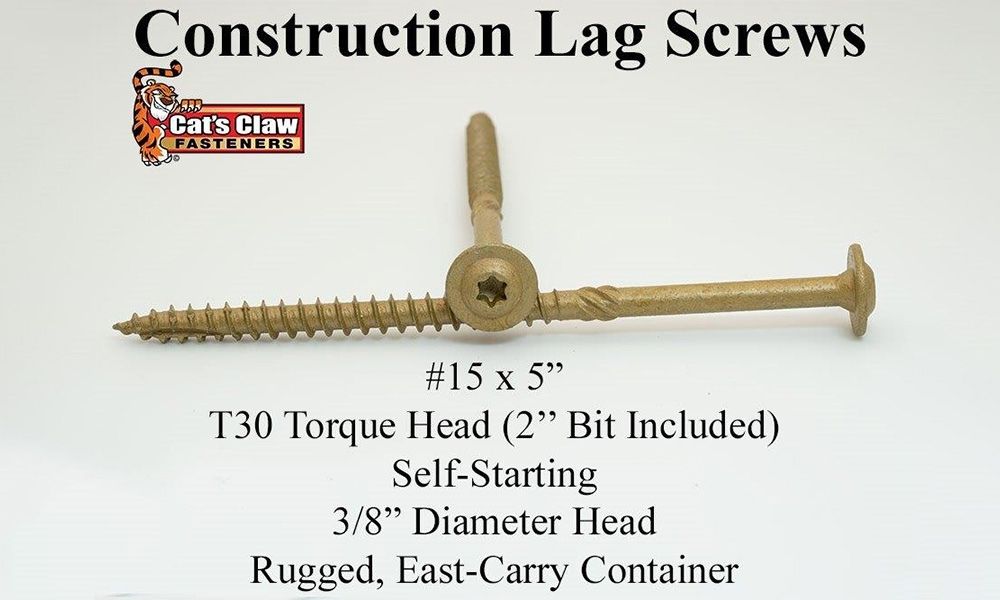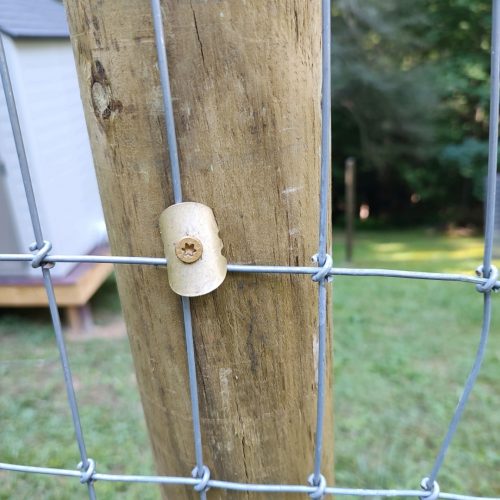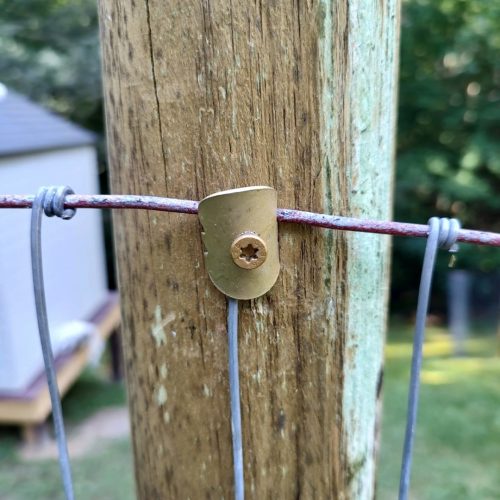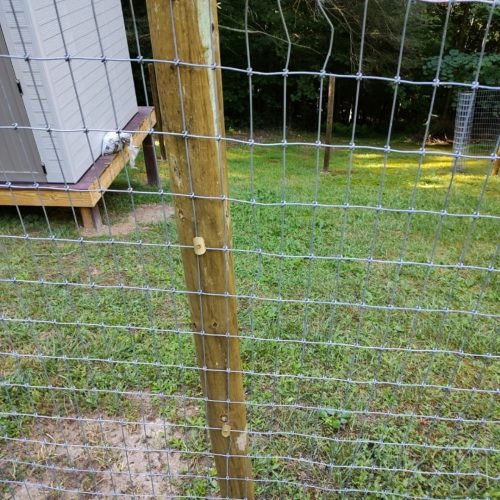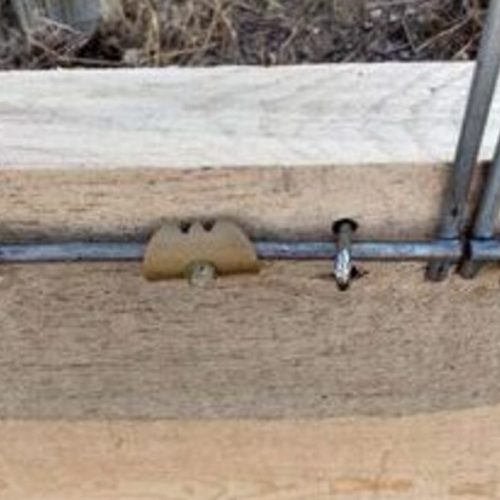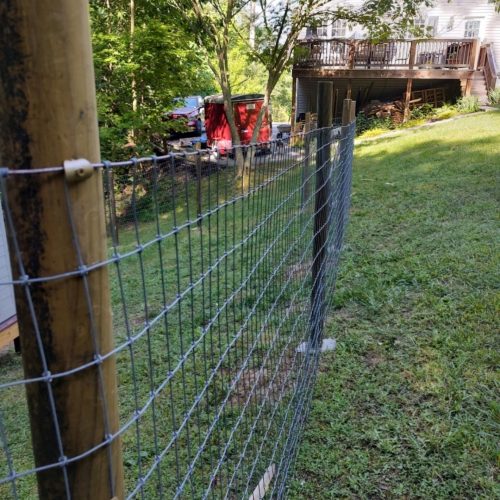
What are T-Posts?
Once upon a time, in a small college town, there lived a bright and ambitious college student named Sam. Sam was studying environmental science and was always eager to learn new things. As the summer approached, Sam started looking for a job that would both challenge him and help him pay for his tuition. After days of searching, he came across an unusual job listing for a fencing assistant with a local fencing company. Intrigued, Sam applied and was soon hired.
On the first day of the job, Sam was introduced to his new boss, Mr. Thompson, a kind-hearted and knowledgeable man who had been in the fencing business for over thirty years. Mr. Thompson took Sam under his wing and began teaching him the art and science of installing and maintaining different types of fences.
One sunny morning, Mr. Thompson handed Sam a peculiar-looking steel post. Sam’s eyes widened in curiosity as he inspected the post. It looked like a letter ‘Y’ when viewed from the top, and it had an anchor-like structure at the bottom.
“This, Sam, is a T-post,” Mr.Thompson explained. “And today, you’re going to learn everything there is to know about it.” Sam listened attentively as Mr. Thompson delved into the history and purpose of T-posts. He explained that these steel fence posts are used to support wire fencing, such as barbed wire or woven wire fences. T-posts are known for their durability and longevity, often being made of rail steel. They are a popular choice for fencing in agricultural and livestock applications, as well as for property demarcation.
As the day went on, Sam and Mr. Thompson drove to a client’s property that required new fencing. The client, Mrs. Jenkins, had recently acquired some land and wanted to create a secure space for her newly adopted rescue animals. Sam was excited to put his newfound knowledge about T-posts to practical use.
Upon arriving at the property, Sam and Mr. Thompson began by measuring and marking the area for the fence. Mr. Thompson demonstrated how to properly space T-posts and explained that this was crucial for maintaining the fence’s stability and effectiveness. Sam took note of every detail, eager to learn and apply his newfound skills.
Next, Mr. Thompson showed Sam how to drive the T-posts into the ground using a T-post driver. He emphasized the importance of driving the posts at the correct angle and depth to ensure the anchor at the bottom was firmly embedded in the soil. Sam found the process to be quite satisfying, and after a few tries, he quickly became proficient at driving the T-posts.
Once all the T-posts were securely in place, it was time to attach the wire fencing. Mr. Thompson explained that there were several methods for attaching the fencing to the T-posts, but they would be using T-post clips for this particular job. Sam carefully observed as Mr. Thompson skillfully attached the wire fencing to the T-posts using the clips, and then he followed suit, mimicking his technique.
As they worked side by side, Sam couldn’t help but notice how incredibly versatile T-posts were. They could be used for various types of wire fencing, and the ease of installation made them a practical choice for a wide range of applications. Sam felt a sense of accomplishment as he saw the fence take shape before his eyes.
By the end of the day, Sam and Mr. Thompson had successfully installed a secure fence around Mrs. Jenkins’ property. As they packed up their tools and prepared to leave, Mrs. Jenkins approached them with a warm smile, expressing her gratitude for their hard work. Sam couldn’t help but beam with pride, knowing he had played an essential role in creating a haven for the rescued animals.
We value your questions and feedback at Cat’s Claw Fasteners! Contact our Head Cat Collector, Chava, at chava@catsclawfasteners.com with any inquiries. Don’t miss out on our insightful blog articles here and be sure to follow us on Facebook, Instagram, Pinterest, and Youtube!
Read Next: T-Post Size: What To Use for a 4-Foot Fence?

.png)



